On the anniversary of the Chernobyl accident, the scientist spoke about the restoration of Russian villages and cities after it
Today, 38 years after the accident at the Chernobyl nuclear power plant, in 72 settlements in Russia the dose of radioactive substances has been exceeded pollution. These are villages, villages and the city of Novozybkov, which is in the Bryansk region. This was announced by the acting director of the Obninsk Institute of Nuclear Energy of the National Research Nuclear University MEPhI, Doctor of Biological Sciences, Professor of the Russian Academy of Sciences Alexey PANOV. He also spoke about how the institute is developing a program for targeted rehabilitation of settlements affected by radiation.
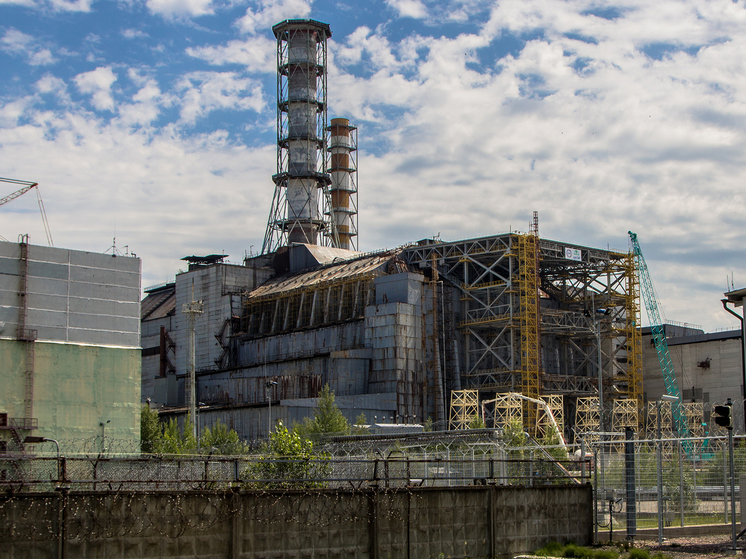 < p>Let us recall that the accident at the Chernobyl nuclear power plant became the largest radiation disaster that affected not only the territory of the USSR, but also a number of European countries. Most of all from Russia, Belarus and Ukraine were affected by the emergency 4th power unit. Immediately after the emergency, a 30-kilometer exclusion zone, – are still scientists continue to study what is happening in this zone with the animal and plant world.
< p>Let us recall that the accident at the Chernobyl nuclear power plant became the largest radiation disaster that affected not only the territory of the USSR, but also a number of European countries. Most of all from Russia, Belarus and Ukraine were affected by the emergency 4th power unit. Immediately after the emergency, a 30-kilometer exclusion zone, – are still scientists continue to study what is happening in this zone with the animal and plant world.
In Russia, 15 subjects were affected by the accident – from the Leningrad region to the south of Russia. But the greatest contamination with radioactive cesium (137Cs) has been recorded for many years in the Bryansk, Kaluga, Tula and Oryol regions. Bryansk suffered the most, where five southwestern districts suffered the most pollution.
– Despite the fact that the content of radionuclides in the soil decreases as we move away from the Chernobyl nuclear power plant, today, almost four decades later, we are forced to continue rehabilitation measures in a number of settlements, – says Alexey Panov. – This is due to a slight excess of the dose load from man-made radioisotopes in five southwestern districts of the Bryansk region (according to the Russian Federation Law “On Radiation Safety of the Population”, it should not exceed 1 millisievert per year above background radiation). Last year, we received a grant from the Russian Science Foundation to develop a program for targeted rehabilitation of settlements.
The first thing the experts started with was – determined the current list of villages and hamlets where the radiation level is exceeded, now there are 72 of them, as well as the city of Novozybkov.
Taking into account the 30-year half-life of cesium, these territories will only get rid of the consequences of the accident completely by 2180 – by this time the indicators there will have returned to normal, which is 1 Curie per 1 square kilometer for cesium 137.
Now about what measures scientists are taking to rehabilitate the above-mentioned settlements . Indeed, despite the fact that the dose of radioactive cesium there has more than halved over 38 years, the soil of the Bryansk region is still significantly contaminated with radionuclides.
According to Panov, local specialists act in a targeted manner. For example, where cows are bred, they warn local residents that in the summer, when cows graze on local pastures contaminated with radionuclides; the content of 137Cs in their milk is higher. To reduce it by 5-6 times, there are a number of measures. The scientist listed them:
– Firstly, you need to deep plow the soil so that the root system of plants does not reach 137Cs. Secondly – apply increased doses of mineral and organic fertilizers to the soil, reducing the coefficients of transfer of radionuclides from the soil to plants. For example, lime, which reduces soil acidity (at high acidity, the transfer of radionuclides increases). Thirdly – sow certain sets of grass mixtures that accumulate radionuclides to a lesser extent.
In addition, the head of the institute reminded that “pick up” radiation can also occur in the forest, for example, with mushrooms, which contain an increased dose of radionuclides.
According to Panov, Rehabilitation activities in the Bryansk region have been carried out for many years; scientists have created a large data bank with the characteristics of settlements and their habitats. This is necessary in order to make calculations of fertilizers applied and funds spent, based on comprehensive data for each village.
– By the end of 2024, we must develop such comprehensive plans for every locality – says the head of the institute.


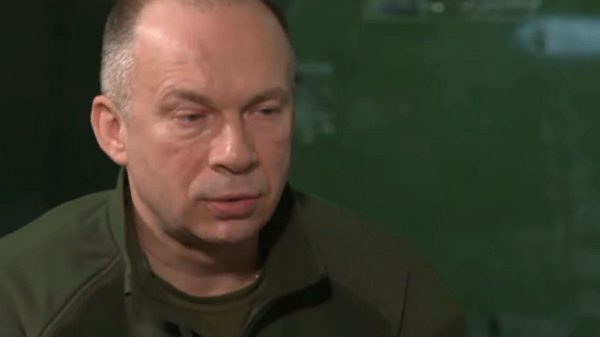




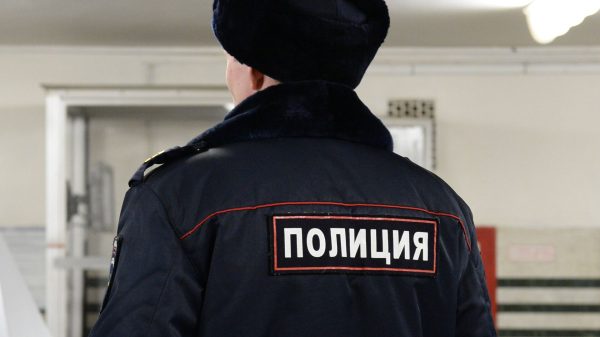
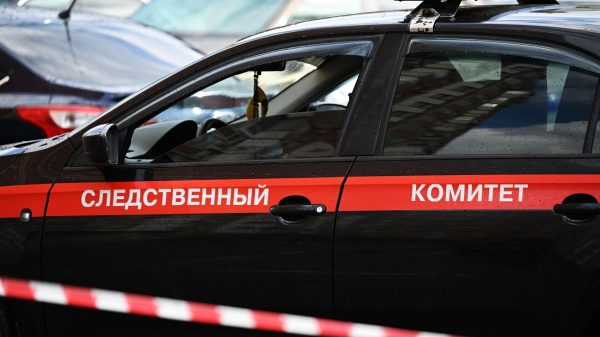








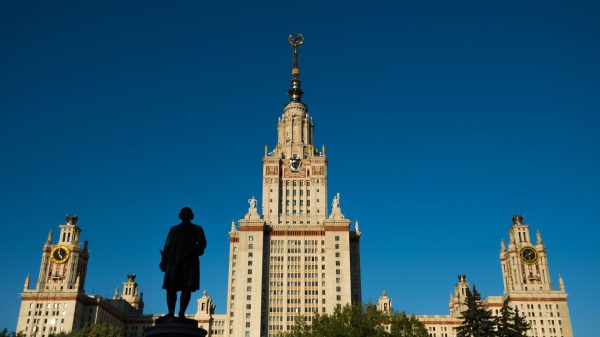

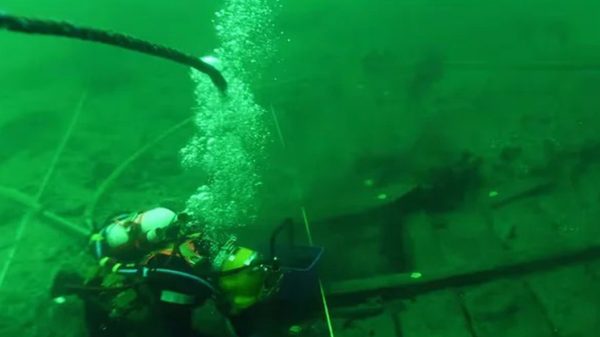













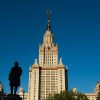

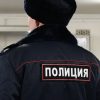
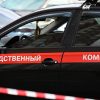





















Свежие комментарии